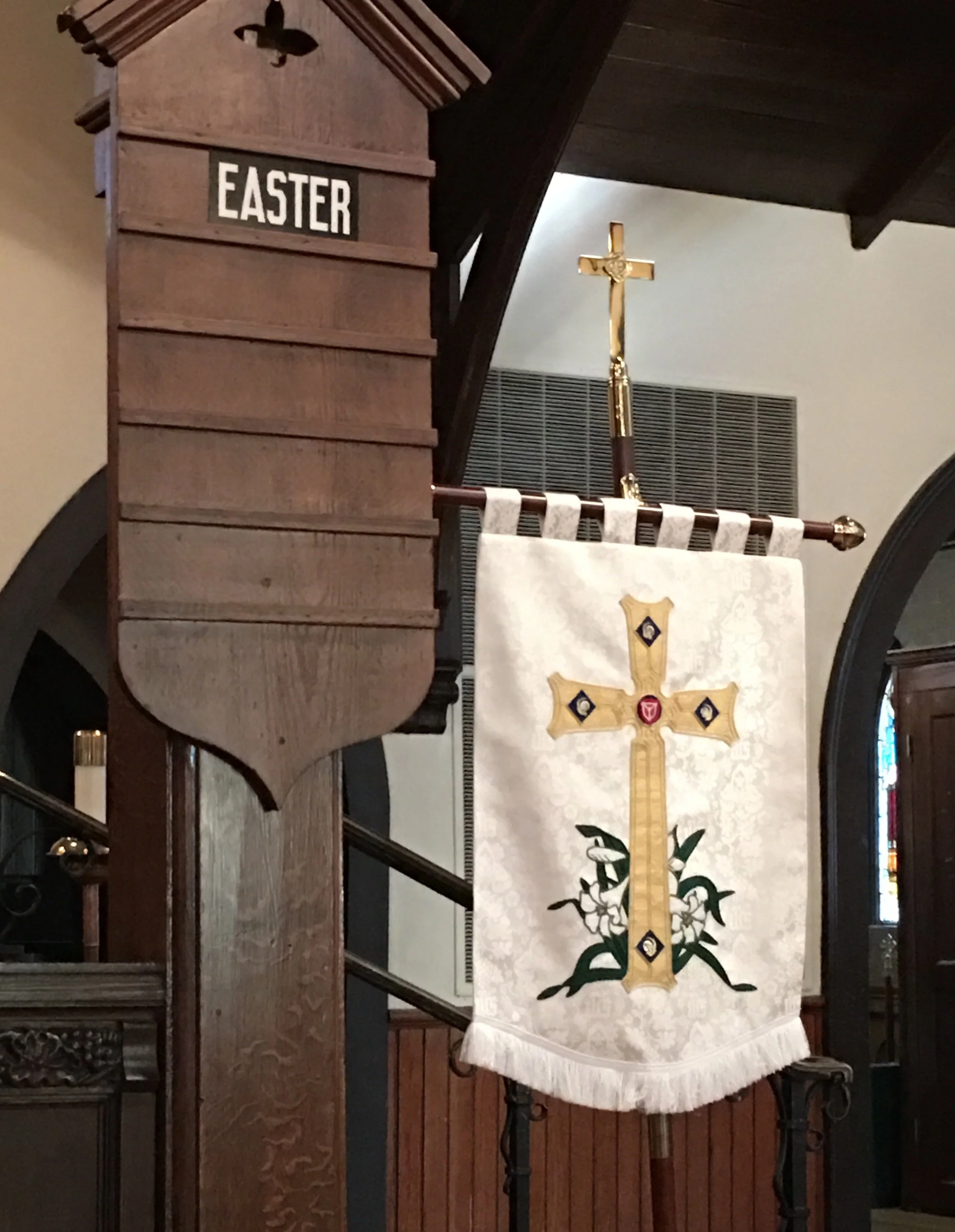Faith =Trust=Love=Healing
“Faith is often understood as accepting something you can’t understand. The Greek word for faith is pistis, meaning “trust.” Whenever Jesus says to people he has healed: “Your faith has saved you,” he is saying that they have found a new life because they have surrendered in complete trust to the love of God.”—Henri Nouwen in You Are the Beloved (Convergent Books 2017).
trust
Henri Nouwen speaks to us this morning about faith in God. He reminds us that often, we see faith as believing or accepting something we cannot explain or understand.
Jesus, however, says faith is trust, trust in the unconditional love of God for us that never ends. Knowing this keeps us from looking for and demanding love from other people, other things than God. Addictions are love for something other than God. Family misunderstandings are brought about because, in essence, we do not feel loved or cared for by other family members.
We do not feel appreciated by other friends after all we have done for them. We have given our lives to our work, family, and church, and we perceive they now no longer appreciate us. We have offered conditional love. We have forgotten what unconditional love is like because we have stopped offering unconditional love or believing in it.
Whenever Jesus tells those he has healed, “Your faith has saved you,” he is saying you have surrendered in complete trust to the love of God. The surrender, the trust in an unconditional love continually offered by our God, has healed our hearts and souls even if the physical healing never occurs.
Joanna. joannaseibert.com https://www.joannaseibert.com/






